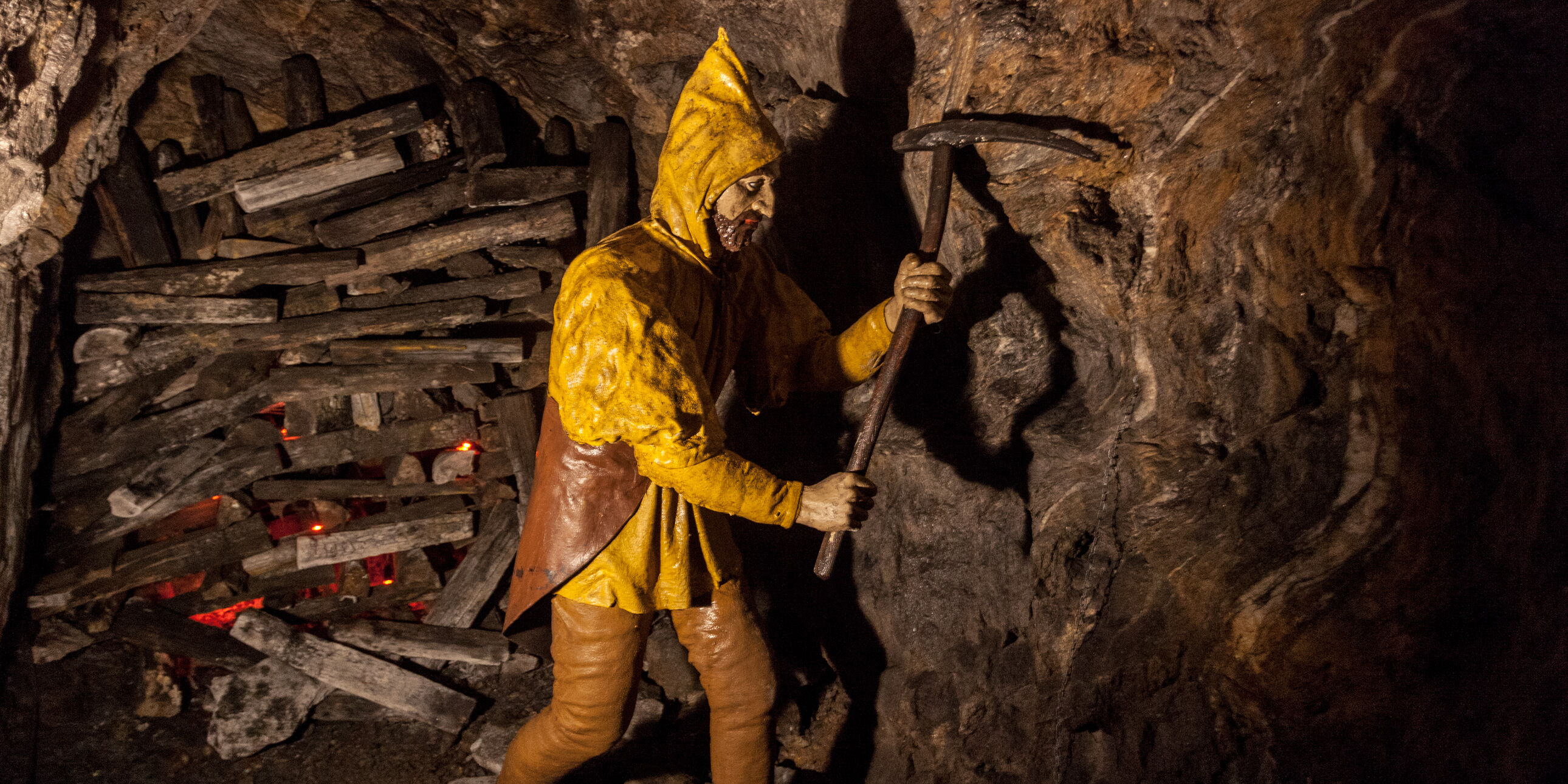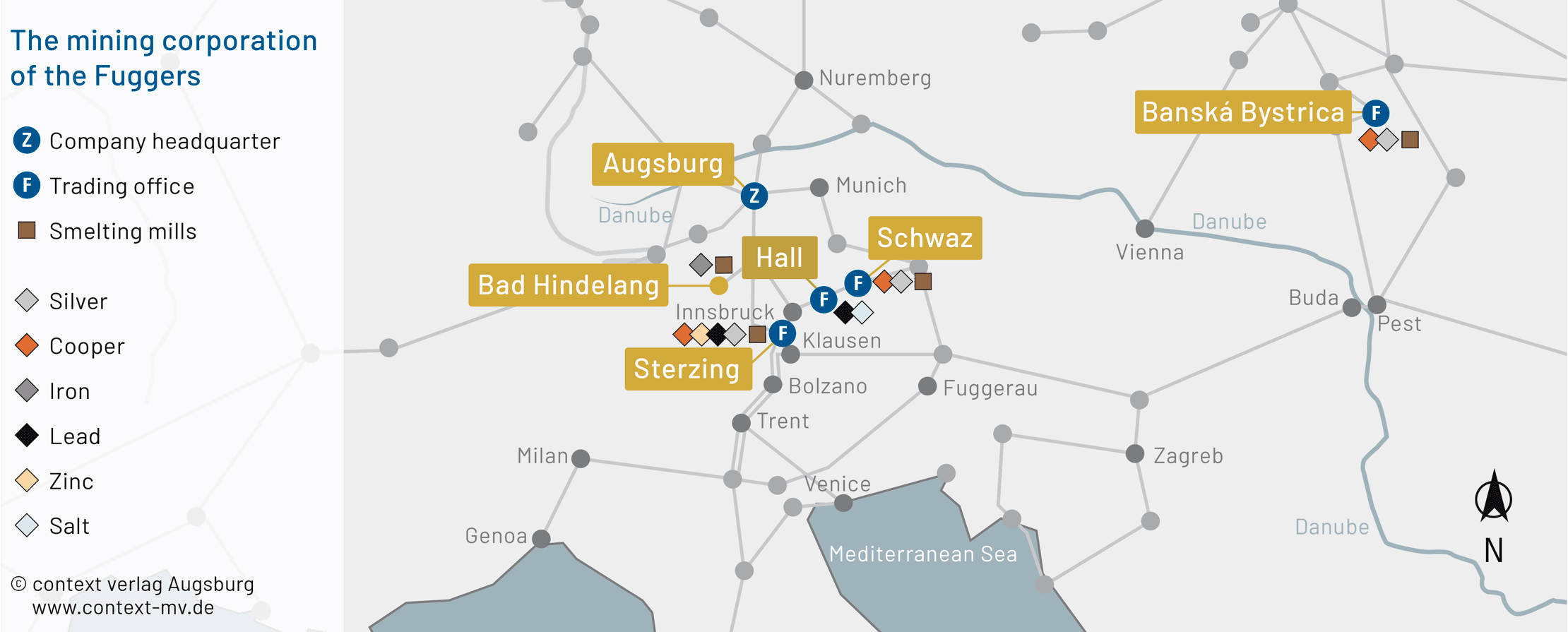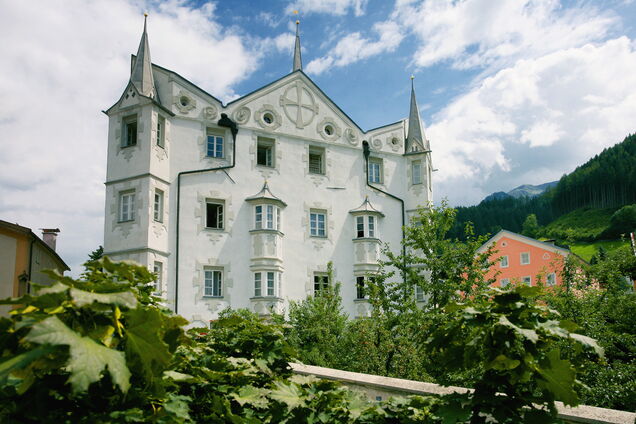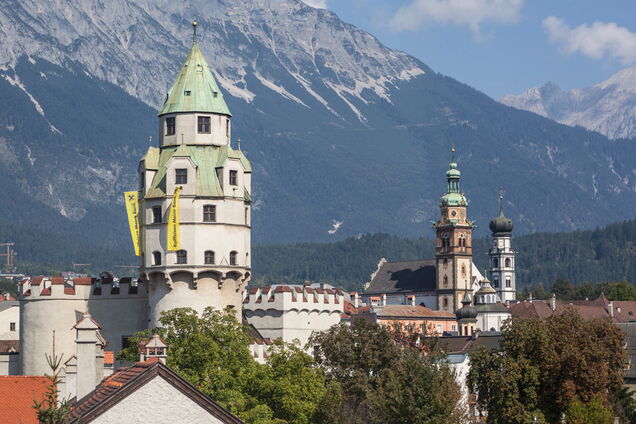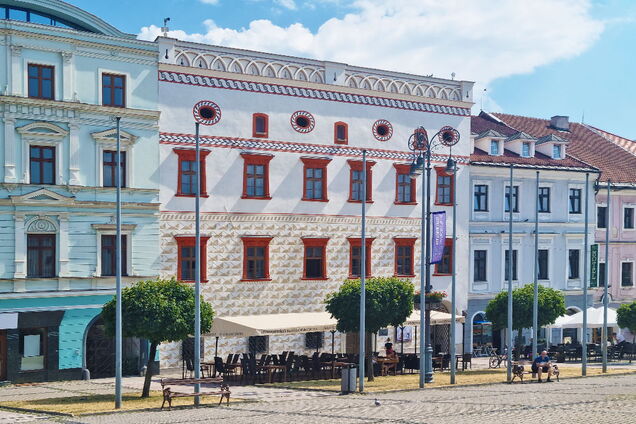European Fugger Road: an important chapter on economic history
The European Fugger Route leads to mines and mining centers whose silver, copper, mercury and iron made the Fuggers wealthy.
The Fuggers from Augsburg earned incredible wealth trading cotton and making loans to popes, emperors, and kings, but most of all in the mining industry. Beginning around 1490 the European mining empire of the Fuggers was founded with mines and smelting plants in Tyrol (primarily in Schwaz and Sterzing), in Corinthia, and Neusohl in upper Hungary (today Slovakia). With gold, and silver, lead and calamine, but primarily with copper and mercury, Jakob Fugger and his descendants wrote an exciting chapter in European economic and social history. Fugger houses and castles, churches and monuments, show mines and museums in Augsburg, Schwaz, Hall and Innsbruck, Sterzing and Neusohl make the history of this mining empire come to life. This historical period was a precursor to the European Union.
Get to know the stations along the European Fugger Road
Historic Sites, Current Exhibitions and Tips
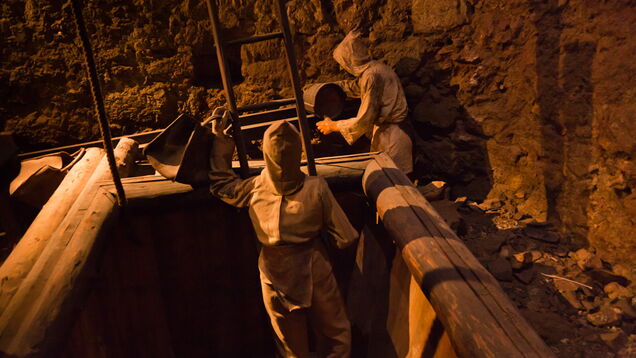
The Silver Mines in Schwaz, Austria “Mother of all Mines”
When the Fugger family took over the mines and smelting mills in Schwaz in 1522, they became the second largest of their corporation after Neusohl. Schwaz is influenced by the mining industry in the time of Fugger even into the present day. The silver mines in Schwaz are among the Most popular tourist attractions in TIrol.
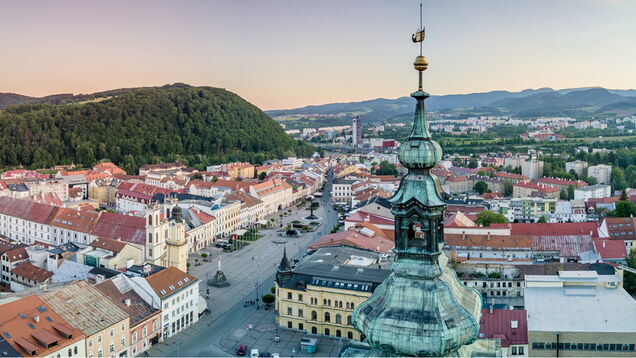
Banská Bystrica: Experience Mining and Fuggers
Neusohl in upper Hungary (Banská Bystrica in modern Slovakia) was the first large mining center for the Fuggers, beginning in 1496. A multi-day itinerary invites visitors to the city, the mines in Herrengrund, to a copper hammer mill and to a monument of the Empress Elisabeth.
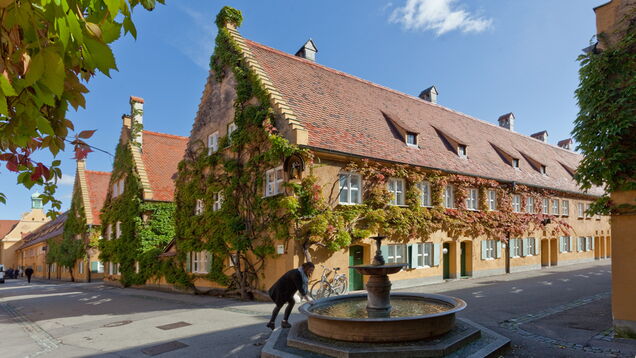
Endowment from 1521: the Augsburg Fuggerei
In 1521 Jakob Fugger, “the Rich” founded the Fuggerei, the oldest existing social settlement in the world. Around 150 catholic Augsburg citizens live in the 67 houses on 8 side streets for a yearly rent of just 0.88 Euro cents. The residents also agree to say three prayers daily for the founder and his family.
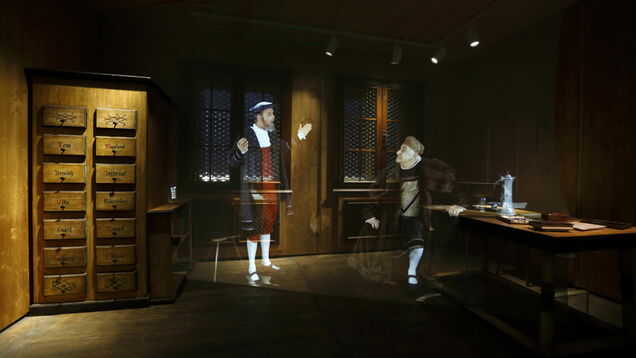
Augsburg: The Fugger and Welser Museum
The museum tells the story of the Fuggers and the Welsers and European economic history. It is also about silver, copper, lead, gold and mercury, about miners, child and women mineworkers, and about the importance of copper for slave trade.
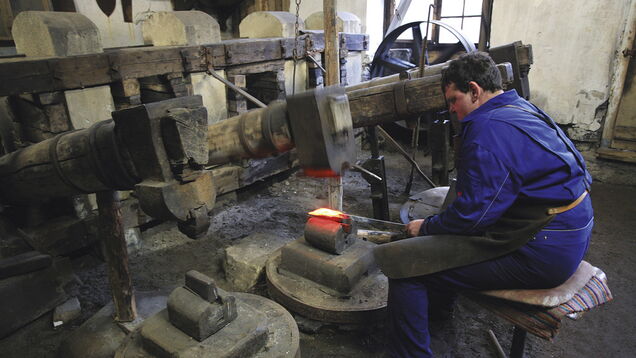
Bad Hindelang: Three Blacksmiths on the Ostrach River
Three water powered hammer mills on the Ostrach originate from the time around 1500. Blacksmiths used powerful hammers to produce weapons. Today wrought iron cookware is sold there.
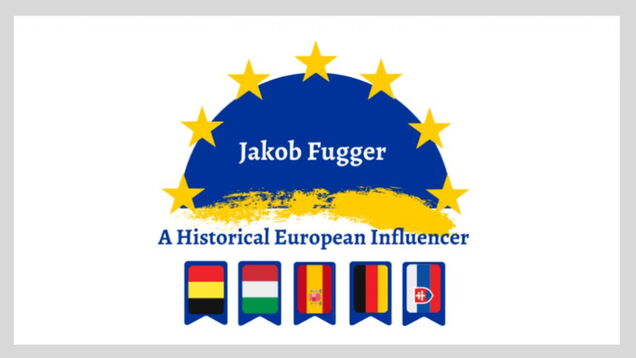
Erasmus project in 5 countries
The project "Jakob Fugger - A historical European influencer" involves five schools from Germany (Augsburg), Italy (Sterzing), Slovakia (Banská Bystrica), Spain (Almadén) and Belgium (Antwerp). The cities are all linked to the person of Jakob Fugger. The main goal of the project is to explore the similarities and differences and to find out what different impacts his business practices had on the cities on an economic, social and environmental level up to the present day.
